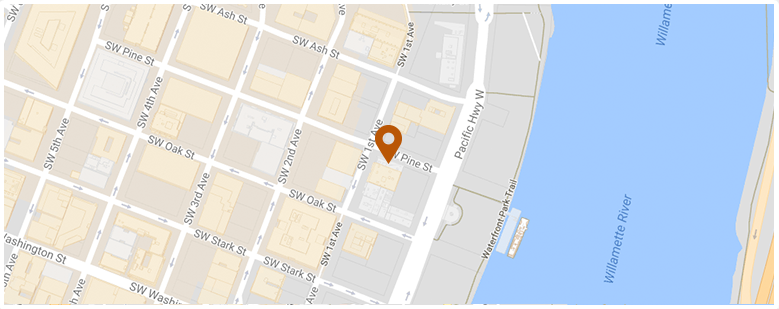Following up a story I wrote about earlier this month, the Associated Press reports that Washington State officials “are revoking the operating license of a Washington retirement facility after an 88-year-old woman froze to death in its courtyard earlier this month.”
In the weeks since the incident new details have emerged regarding this tragedy, none of which reflect well on the retirement home and care center and all of which reinforce the idea that what happened may qualify, legally speaking, as a wrongful death under Washington law. This terrible state of affairs is made worse by the emotional harm to the victim’s family the retirement home reportedly caused by issuing misleading information to them in the hours after the woman’s body was discovered (the family was initially told only that she died of a heart attack and the role of exposure in her death was not mentioned, according to the reports cited in my earlier post).
We now know, according to AP, that the victim’s body “was found in an enclosed, open-air courtyard after staff missed a required hourly bed check at midnight. The news agency cites officials from the Washington State Department of Social and Health Services saying that “staff mistakes and ineffective security measures… are to blame” for the death. With its license now revoked the center “can continue to care for its current 57 residents while an appeal takes place, but it can’t accept new patients,” AP reports. It adds: “officials said some safety hazards remained uncorrected three days after” the woman died.
 Oregon Injury Lawyer Blog
Oregon Injury Lawyer Blog



